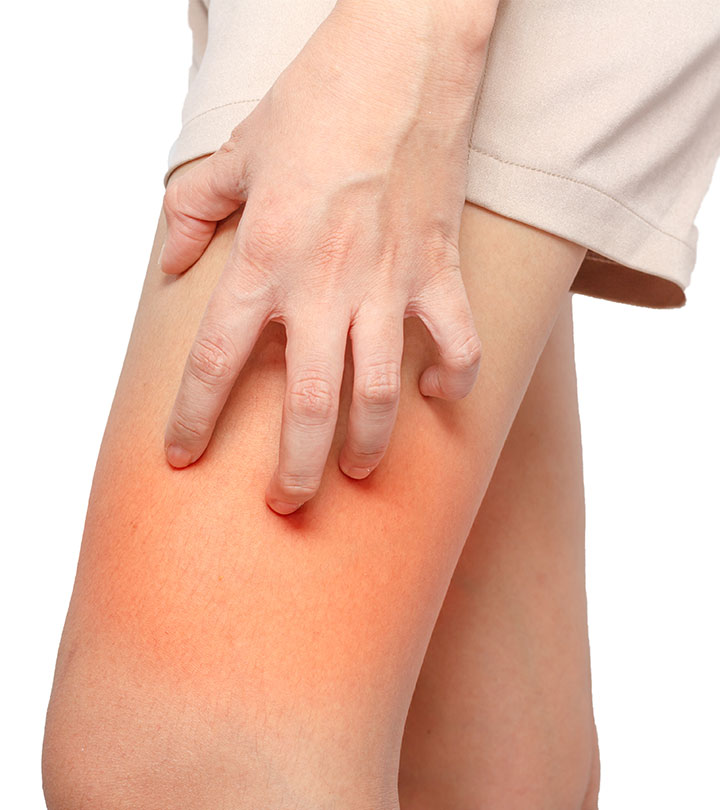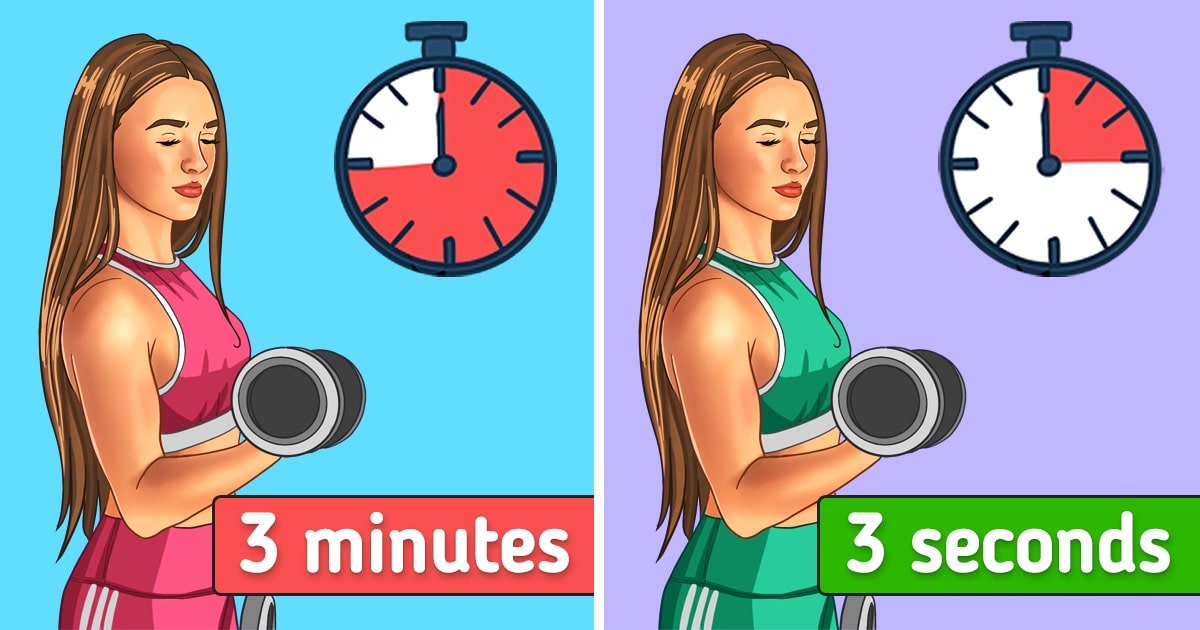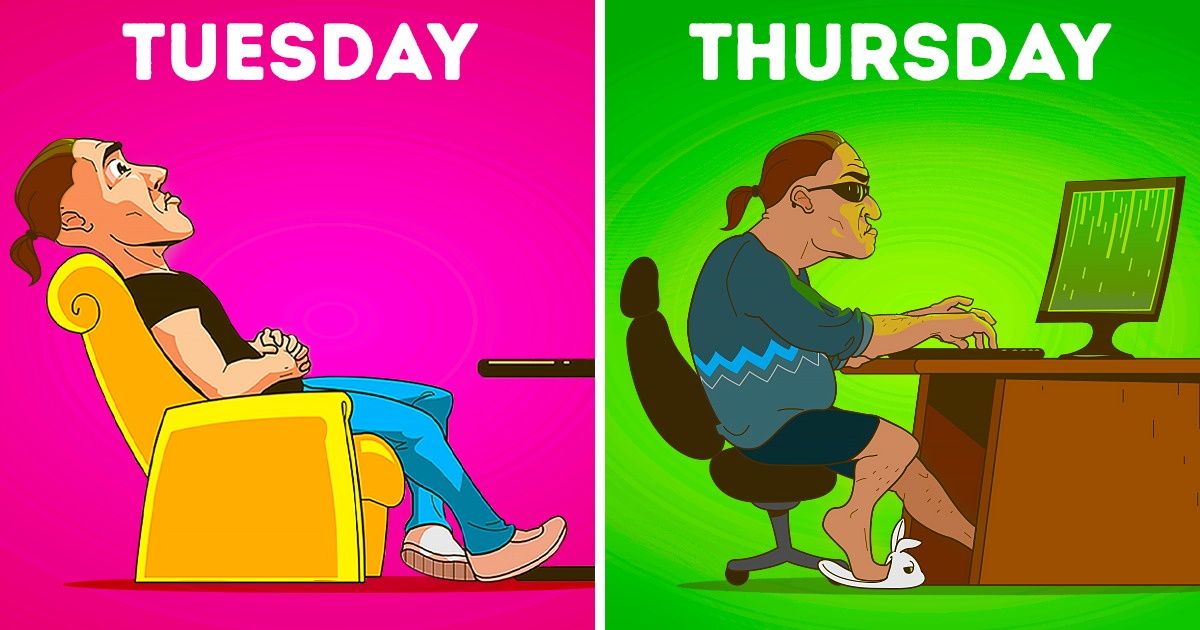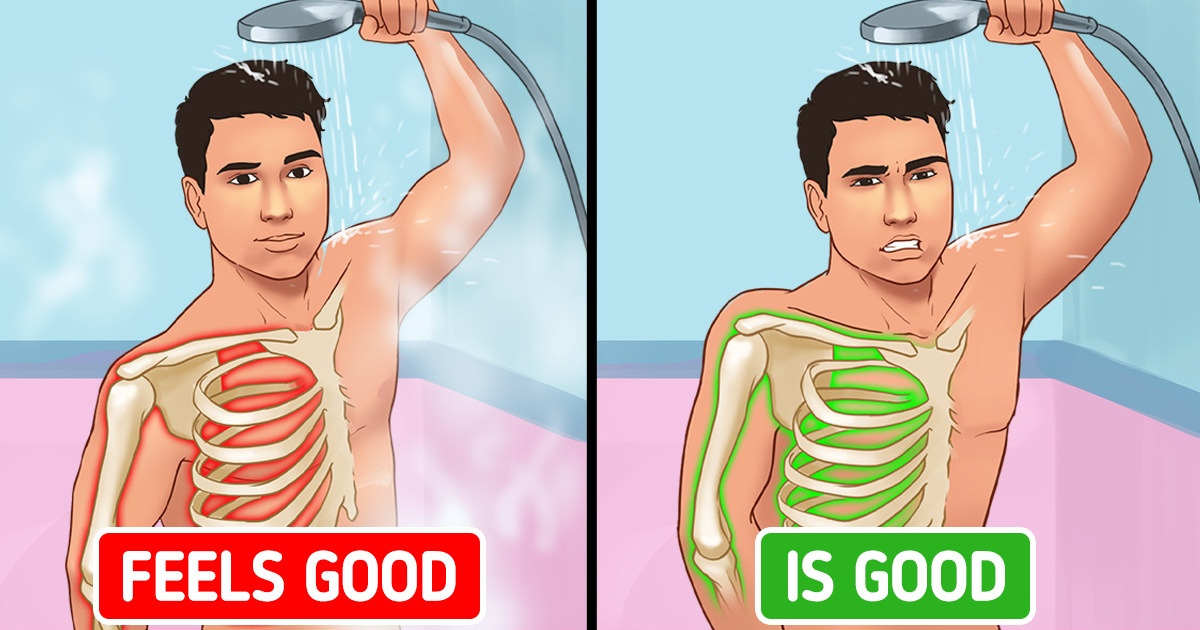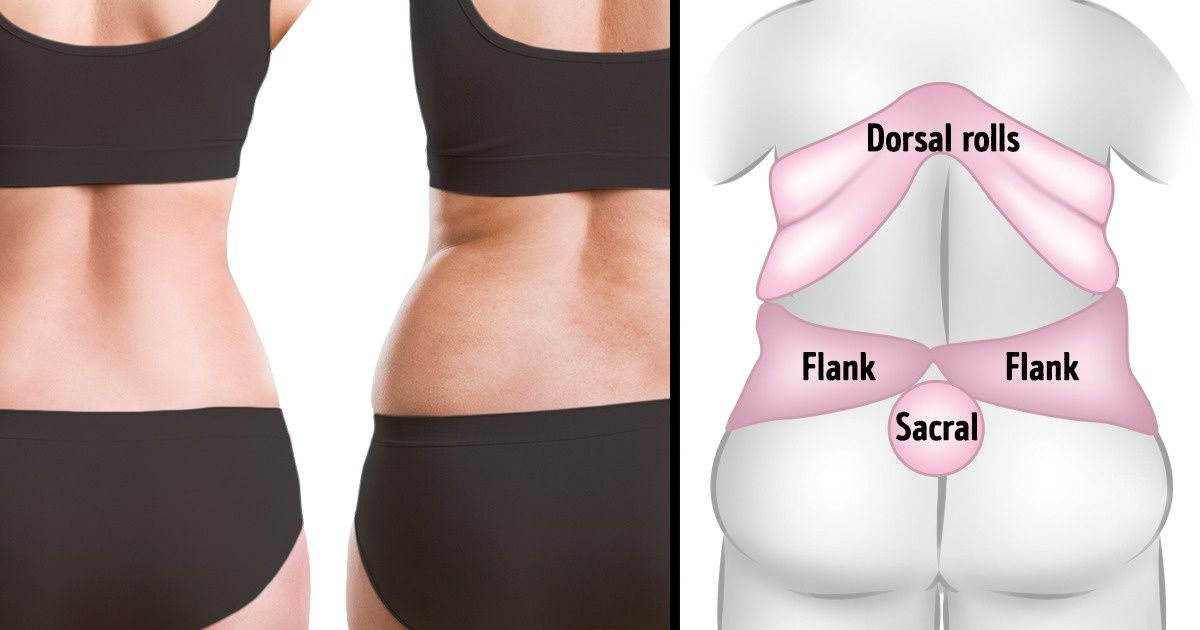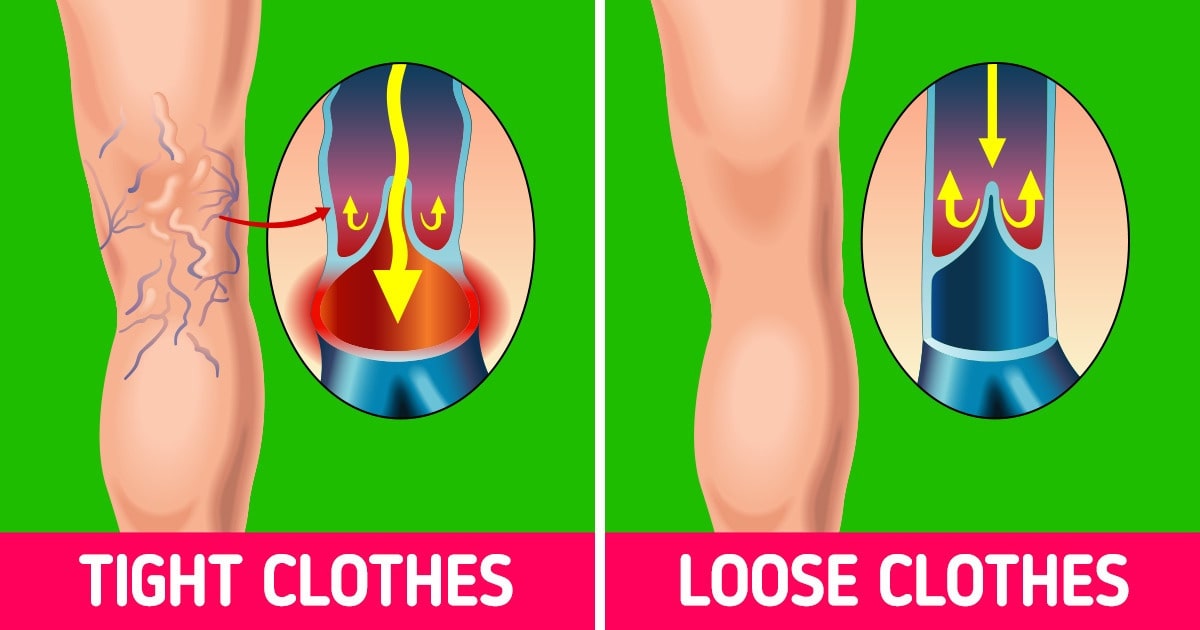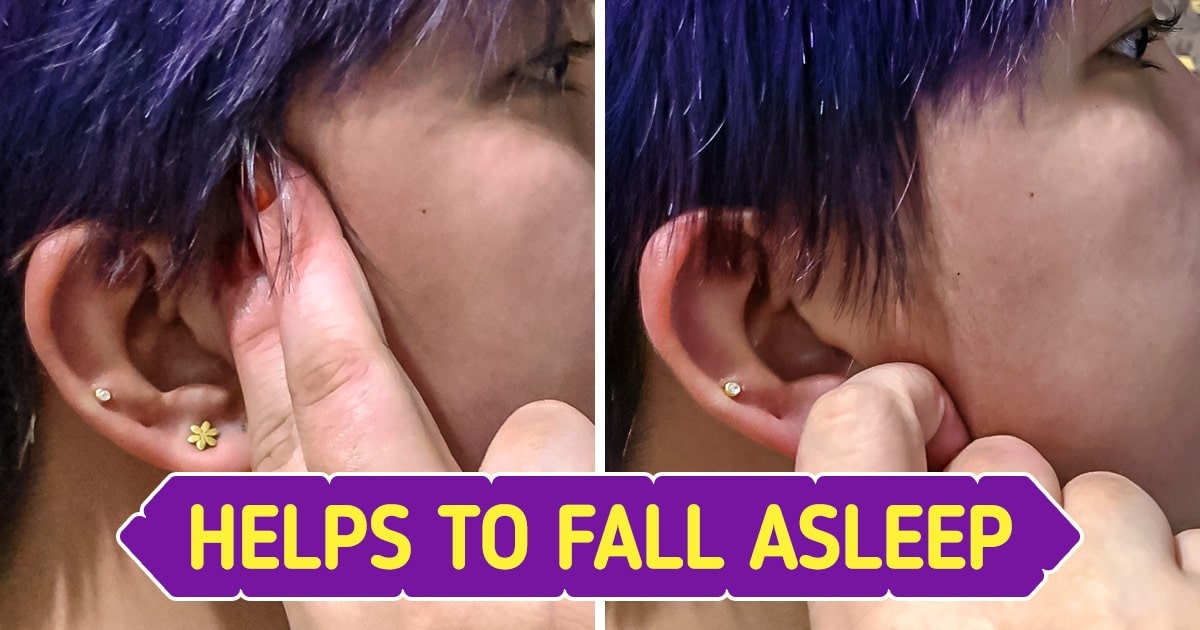Creating a home gym can be convenient, but certain exercise equipment may pose risks, especially for children who view them as toys and adults who overlook safety checks. Unlike professional gyms, where equipment is inspected regularly, home setups rely entirely on your vigilance.
Here are five home exercise tools that can cause harm and what you can use instead to stay safe and fit.
Foam Rollers: Beware If You Have Varicose Veins
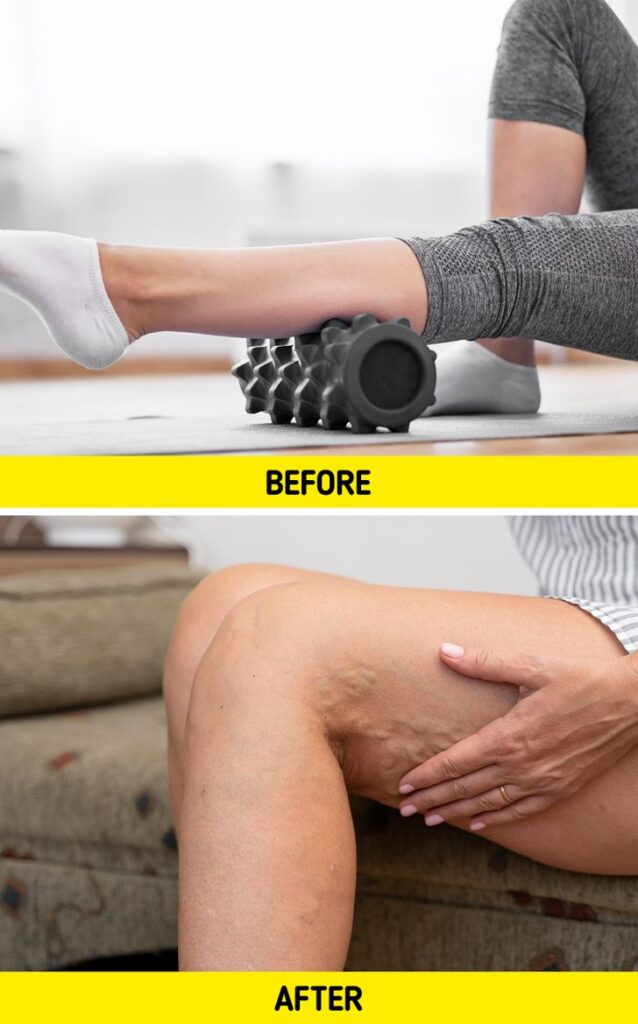
Foam rollers are effective for improving flexibility, boosting circulation, and aiding post-workout muscle recovery. However, if you have varicose veins, foam rolling can worsen the condition. Applying pressure to these veins may lead to increased swelling, discomfort, and long-term damage instead of relief.
Why It’s Risky: The pressure from the roller can irritate the veins and exacerbate blood flow issues, which are already problematic for those with varicose veins.
Safer Alternative: Cycling is an excellent way to boost circulation safely. Riding a bike strengthens calf muscles, promotes healthy blood flow, and reduces strain on joints. Whether you use a stationary bike or go for outdoor rides, this activity enhances overall leg health and minimizes risks.
Exercise Bands: A Snap Can Lead to Severe Injuries
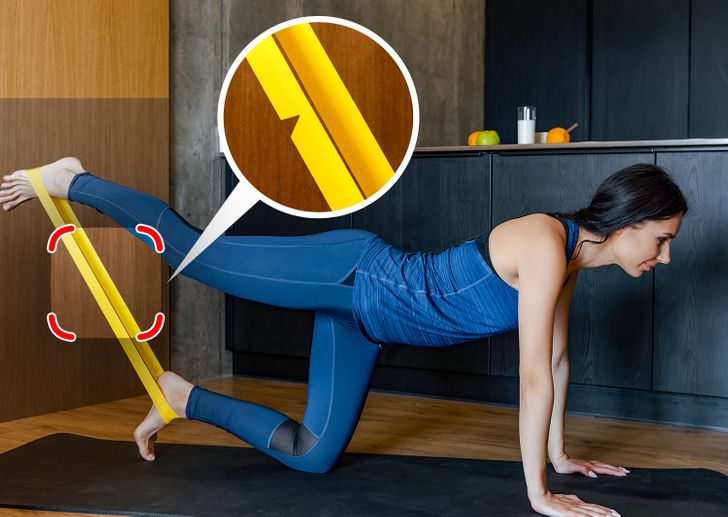
Exercise bands are versatile and portable, making them a popular choice for at-home workouts. However, they come with hidden risks. If the band snaps during use or isn’t secured properly, it can result in serious injuries. One tragic incident involved a man who fell after his band broke, leading to broken ribs and damage around his right eye. Even after surgeries, full vision recovery remained uncertain.
Why It’s Risky: Exercise bands are prone to wear and tear over time, and their elasticity can fail unexpectedly, causing accidents.
Safer Alternative: Switch to sliders or gliders for your workouts. These tools engage your entire body by adding instability, making your muscles work harder. They are durable, safe, and ideal for anyone who wants an intense workout without the risk of equipment failure.
Balance Boards: Risky for Weak or Injured Ankles
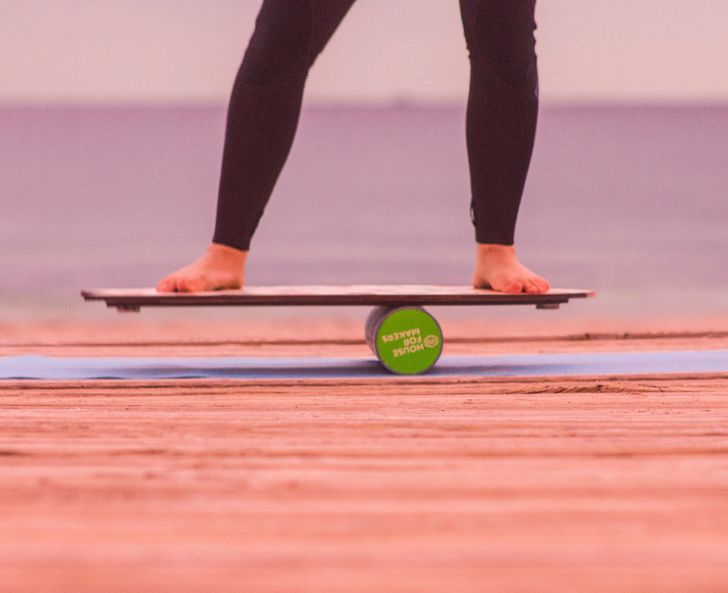
Balance boards are often used for rehabilitation and improving stability, but they can be dangerous if you have weak ankles or a history of injuries. Falling off a balance board is a common risk, and without proper guidance, it can lead to sprains or worse.
Why It’s Risky: People with weak ankle muscles are more likely to lose balance and sustain injuries, making the board unsafe for solo use.
Safer Alternative: A fitness ball is a safer tool for improving balance and core strength. Exercises like the “bird dog” target similar muscle groups while reducing the risk of injury. Lie face down on the ball, engage your core, and alternate lifting your opposite arm and leg to enhance stability and coordination.
Pull-Up Bars: Structural Issues Can Be Catastrophic
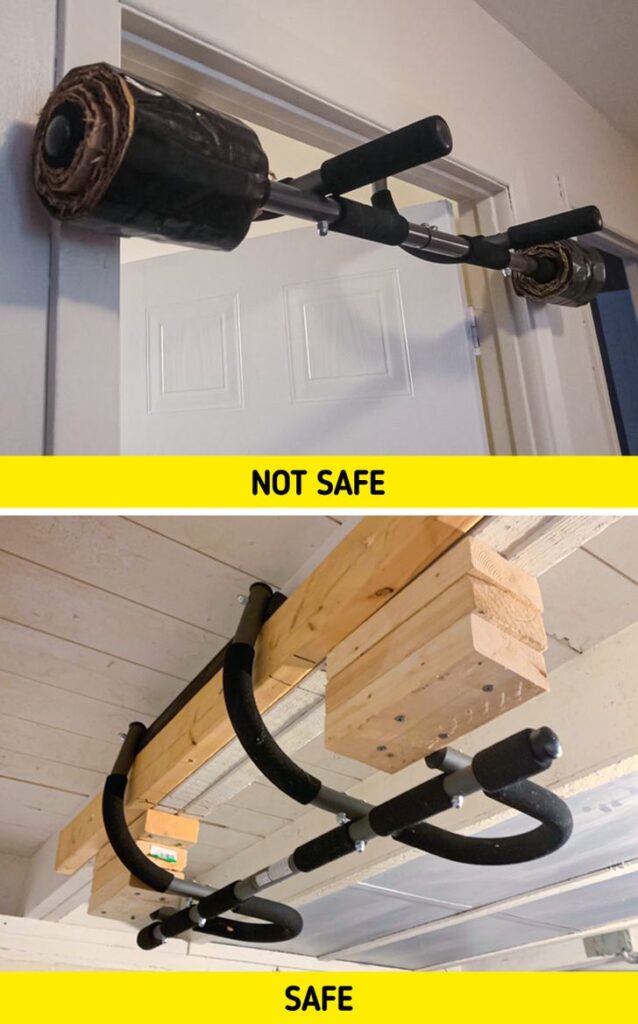
Pull-up bars are fantastic for upper-body strength, but they rely on the structural integrity of your home. Many homes, especially older ones, may not support the weight and pressure applied to a bar. Loose bolts or weak door frames can result in the bar collapsing, causing severe injuries. In one case, a woman was paralyzed after a bar gave way during an advanced workout.
Why It’s Risky: Pull-up bars depend on secure installation, and even minor issues like bent bolts can lead to falls.
Safer Alternative: Replace pull-up bars with resistance band exercises or towel pull-ups. Secure a towel around a door handle (making sure the door and hinges are strong) and perform push-pull movements. This method is safer and equally effective for building upper-body strength.
Bent Over Rows: Risk of Spinal Disc Injury
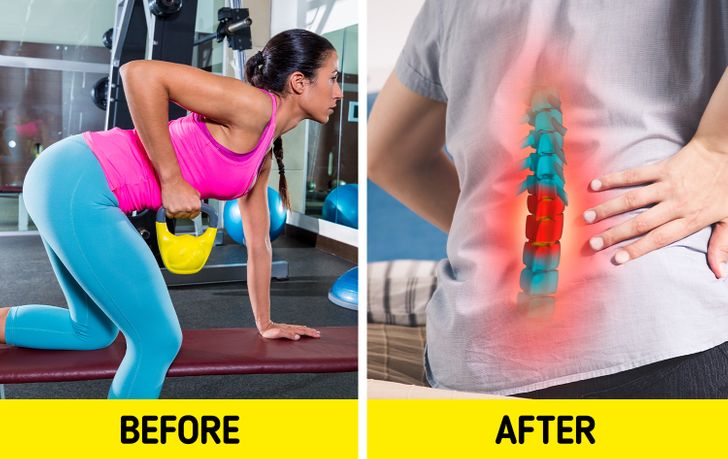
Bent-over rows are a popular exercise for building back strength, but performing them incorrectly can result in serious injuries. When done on a bench, poor posture or misalignment can dislocate spinal discs, compress nerves, and worsen shoulder posture over time.
Why It’s Risky: The bent-over position places excessive pressure on the spine, and improper form can amplify the risk of injury.
Safer Alternative: Modify your technique by standing while performing rows. Support yourself with one hand on a stable surface and use the other to lift weights. This adjustment reduces strain on your spine and ensures better alignment. Lower the weights slowly to avoid sudden pressure on your muscles and joints.
Conclusion: Prioritize Safety While Working Out at Home
Exercising at home offers convenience, but it comes with its own set of risks. Regularly inspect your equipment for wear and tear, use proper techniques, and consider safer alternatives when needed. By being cautious, you can enjoy the benefits of home workouts without compromising your health.
Have you experienced injuries while working out at home? Share your story and let us know what steps you took to recover or improve your safety routine.


